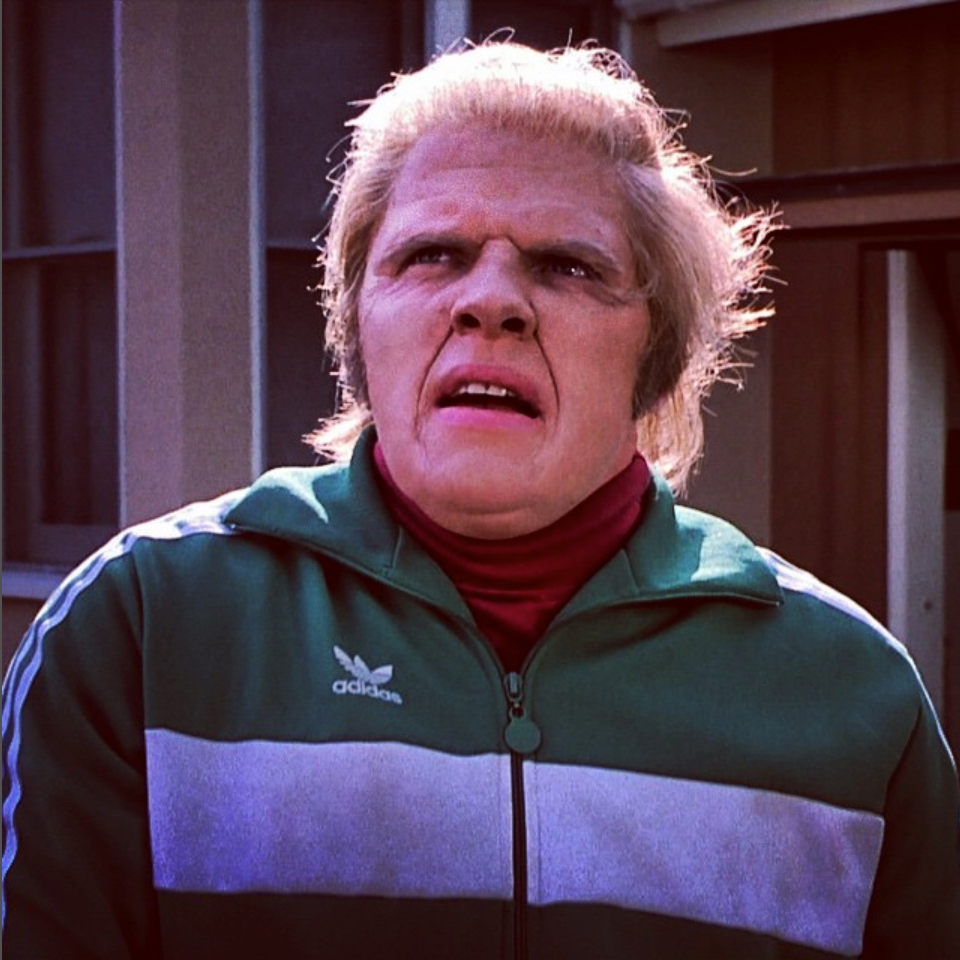If the modern automobile had a status on Facebook, it would undoubtedly be “It’s complicated.” With their computer-controlled fuel-injection systems, continuously variable transmissions and three-phase four-pole AC induction motors, the days when every Tom, Dick or Harry could wrench on their ride seem long gone. So let us help — especially with the seemingly mundane stuff that if not done properly, your dad and/or his favorite mechanic vowed would ruin your car forever. Because when it comes to cars — and this column — no question is too dumb.
A few days ago, I was sitting at home and I heard a loud noise outside — someone hit my parked car! I just got the thing, which means I still have a lot of payments left on it. Am I on the hook for what I still owe even while it’s sitting there, totaled, just because some idiot couldn’t drive?
Well that sucks. But look at the bright side: You get to start the kinda-fun-kinda-exciting-kinda-awful car-shopping process all over again! I know, that silver lining is far more “lining” than “silver,” but hey, I’m trying. The fact of the matter is, there’s nothing fun about a totaled car because it means having to deal with the insurance companies, which you’ll most certainly be forced to do shortly.
First, though, let’s talk about what it means to “total” your car anyway. Normally, when you get in an accident, your insurance company will pay you the cost of repairs to your car, minus your deductible. But if it turns out that the cost of repairs is greater than X percent of your car’s actual market value, your insurance company will declare your car to be a “total loss,” or totaled — in which case they will pay out the entire current cash value of the car.
Next, let’s talk about scenarios:
- If you bought the car but owe money on it (i.e., you financed the purchase), the insurance money will go to the lien holder who loaned you the cash to buy the car (i.e., the bank). If you owe more than the car is worth, you’ll likely still owe money to the bank even though the car is totaled — unless you have GAP coverage. (More on that in a second.)
- If you leased the car you’ll still owe the leasing company the difference between the agreed upon lease amount (i.e., your monthly payments times the number of months in your lease term) and the cash value of the car (minus your deductible) — again, unless you have GAP coverage.
So what is GAP coverage? Guaranteed Asset Protection coverage is a type of insurance that protects you against the difference between the amount the insurance company will pay for your totaled car and the amount you still owe. (You definitely want GAP coverage, by the way.) But bad news for you leasers out there: If you put cash down when you signed the lease, consider that money sunk because you’ve already paid it out, and the car automatically depreciated in value past the point where you’d get it back as soon as you drove it off the lot, regardless of whether you have GAP or not. This is a good reason to consider not putting money down when you lease a car.
Lastly, keep in mind that the scenarios laid out above describe what happens when you’re at fault, or you live in a “no-fault” state. If you don’t live in a no-fault state and someone else is to blame and they’re insured (hopefully!), all of this still applies, only you’ll bring a claim against the at-fault party and their insurance, and they’ll pay out the current cash value of your car (as well as any money for relevant medical bills).
In other words, let the insurance companies deal with it — but make sure you’ve got GAP coverage or you’re going to have to pay either way!

